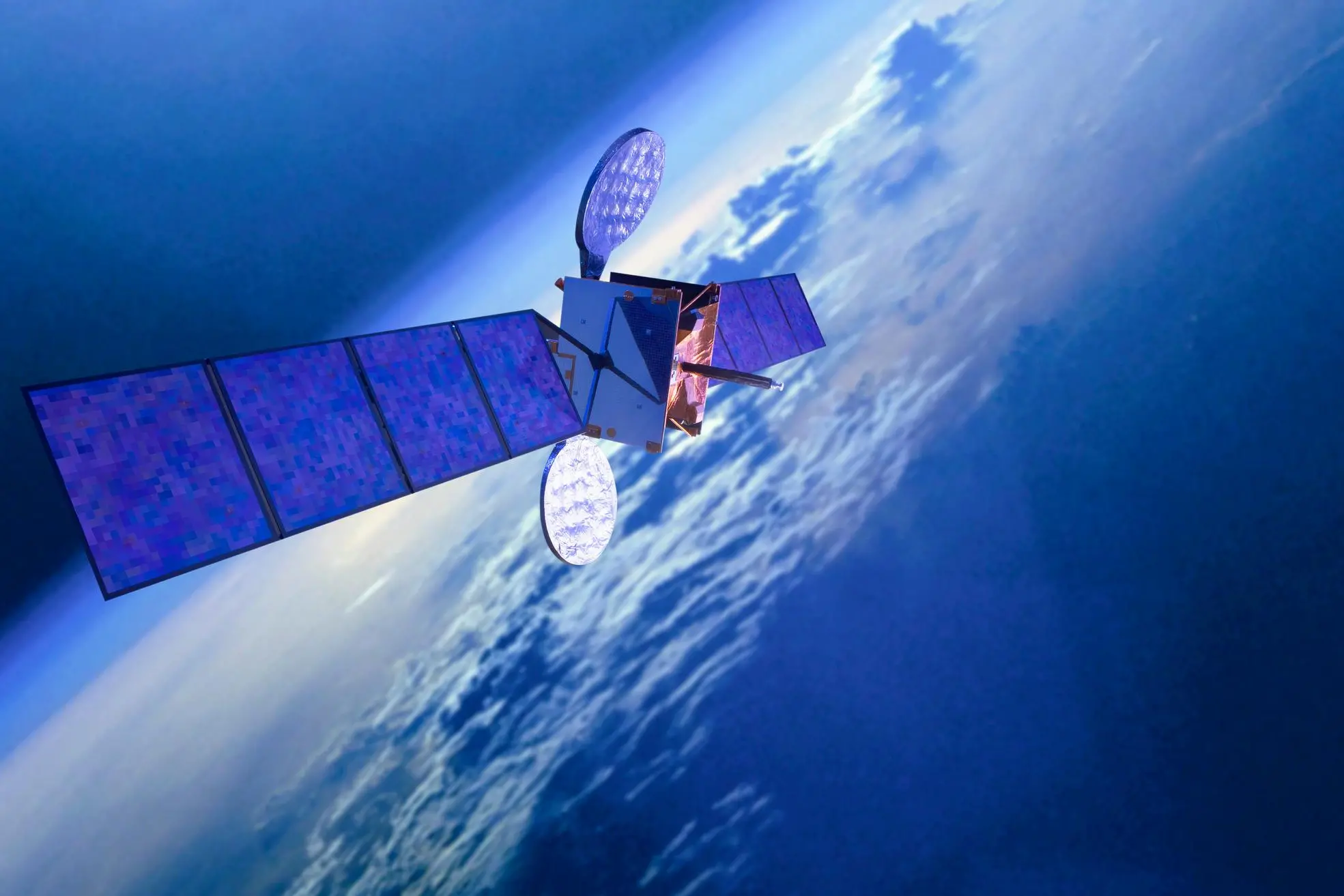PHOTO
Bahrain's first satellite has begun initial procedures and tests ahead of starting its research mission by the end of next month, it has been announced.
Light-1, built by the National Space Science Agency (NSSA) in co-operation with the UAE, has started transmitting signals back to the NSSA team, providing critical information about its heat levels, battery conditions, solar panels as well as the state of its communications and operating systems.
“Light-1 will begin its core mission and operate the payload, starting its detection of earth’s gamma rays by the end of March 2022,” said NSSA engineering specialist Aysha Alharam.
“This is after the completion of the initial operations, in which all satellite systems are tested for readiness and functionality.”
The NSSA also revealed that the nanosatellite will send back data approximately four times a day to three ground stations, connecting for approximately 35 minutes each time to transmit 50 to 70 megabytes of information – equivalent to approximately 200,000 pages of information every day.
Initial tests have been positive, with solar panels, batteries, power distribution, communications and operating system functioning as expected.
Light-1, named after His Majesty King Hamad’s book First Light, was launched from the International Space Station on February 3, after taking off on the SpaceX Falcon-9 CRS-24 on December 21, 2021, from the Nasa Kennedy Space Centre in Cape Canaveral, Florida, the US.
It was built jointly by the NSSA and the UAE Space Agency (UAESA), and National Security Adviser, Royal Guard Commander and Supreme Defence Council (SDC) Secretary General Shaikh Nasser bin Hamad Al Khalifa had indicated that this could lead to future collaborations between the two agencies.
The satellite will be in orbit for approximately 30 days to collect data related to terrestrial gamma rays (TGFs) resulting from thunderstorms and cumulus clouds.
The data will be made available for research and scientific studies and will serve as a reference for different studies in the same field.
The data could also be shared with several research centres across the world as a global contribution by Light 1 to serve humanity and its development.
The nanosatellite – approximately 10cm x 10cm x 34.5cm in size – is in orbit at an altitude of 400km, at an orbital incline of 51.6 degrees. It will complete an orbit of the earth approximately every 90 minutes.
Its transceiver uses an ultra-high frequency (UHF) band, with a secondary S-Band for downloading large amounts of data transmitted to the three ground stations in Abu Dhabi, Denmark and Lithuania.
TGFs were discovered in 1994 by the Burst and Transient Source Experiment, on the Compton Gamma-Ray Observatory, an American Nasa spacecraft.
© Copyright 2020 www.gdnonline.com
Copyright 2022 Al Hilal Publishing and Marketing Group Provided by SyndiGate Media Inc. (Syndigate.info).




















